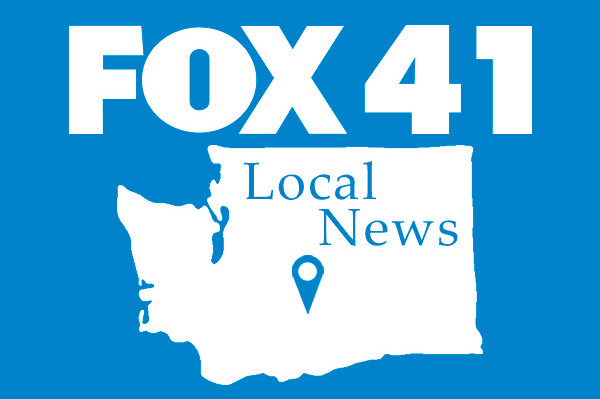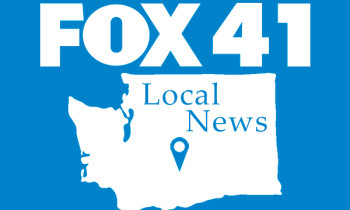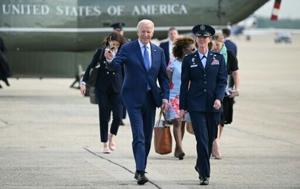
(The Center Square) – The White House has directed NASA to come up with a unified standard of time for the moon and other planets as the space agency prepares for a long-term presence in outer space.
The White House Office of Science and Technology Policy released the first-ever U.S. government policy memorandum on time standards at and around celestial bodies other than Earth.
“As NASA, private companies, and space agencies around the world launch missions to the Moon, Mars, and beyond, it’s important that we establish celestial time standards for safety and accuracy,” OSTP Deputy Director for National Security Steve Welby said. “A consistent definition of time among operators in space is critical to successful space situational awareness capabilities, navigation, and communications, all of which are foundational to enable interoperability across the U.S. government and with international partners.”
Gravity is one reason a unified standard is needed.
“Time passes differently in different parts of space – for example, time appears to pass more slowly where gravity is stronger, like near celestial bodies – and as a result the length of a second on Earth is different to an observer under different gravitational conditions, such as on the Moon,” Welby said.
Another is traffic.
“Over the next decade, the United States will work with allies and partners to return humans to the Moon and develop capabilities to enable an enduring presence,” according to the OSTP policy memo. “During this same period, the U.S. government anticipates that many other actors, including governments and private industry, will also send spacecraft to operate in Cislunar space – namely to the lunar surface, in lunar orbits, and at the Earth-Moon Lagrange points.”
OSTP directed NASA to coordinate with the Departments of Commerce, Defense, State, and Transportation on the project. OSTP wants a finalized strategy to implement lunar timing standardization no later than Dec. 31, 2026, according to the policy memo.
OSTP further ordered NASA to include consideration of Coordinated Lunar Time (LTC) as part of its annual Moon-to-Mars Architecture Concept Review cycle by the end of the year.
NASA plans to return to the moon before heading to Mars. NASA has set a September 2025 target for Artemis II, the first crewed Artemis mission around the Moon, and September 2026 for Artemis III, which is planned to land the first astronauts near the lunar South Pole. Artemis IV, the first mission to the Gateway lunar space station, remains on track for 2028.
NASA is projected to spend $93 billion on the Artemis campaign through fiscal year 2025, according to a 2021 report from NASA’s Office of Inspector General. But the exact cost is unknown. That same report noted that “NASA does not have a credible estimate that consolidates all Artemis costs across mission directorates.”
The Artemis missions are part of a series of missions “to maintain U.S. leadership in space exploration, build a sustainable lunar presence over the next decade, and ultimately travel to Mars,” according to a 2023 Government Accountability Office report.



